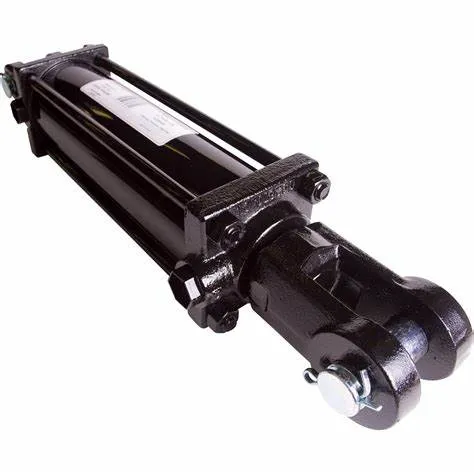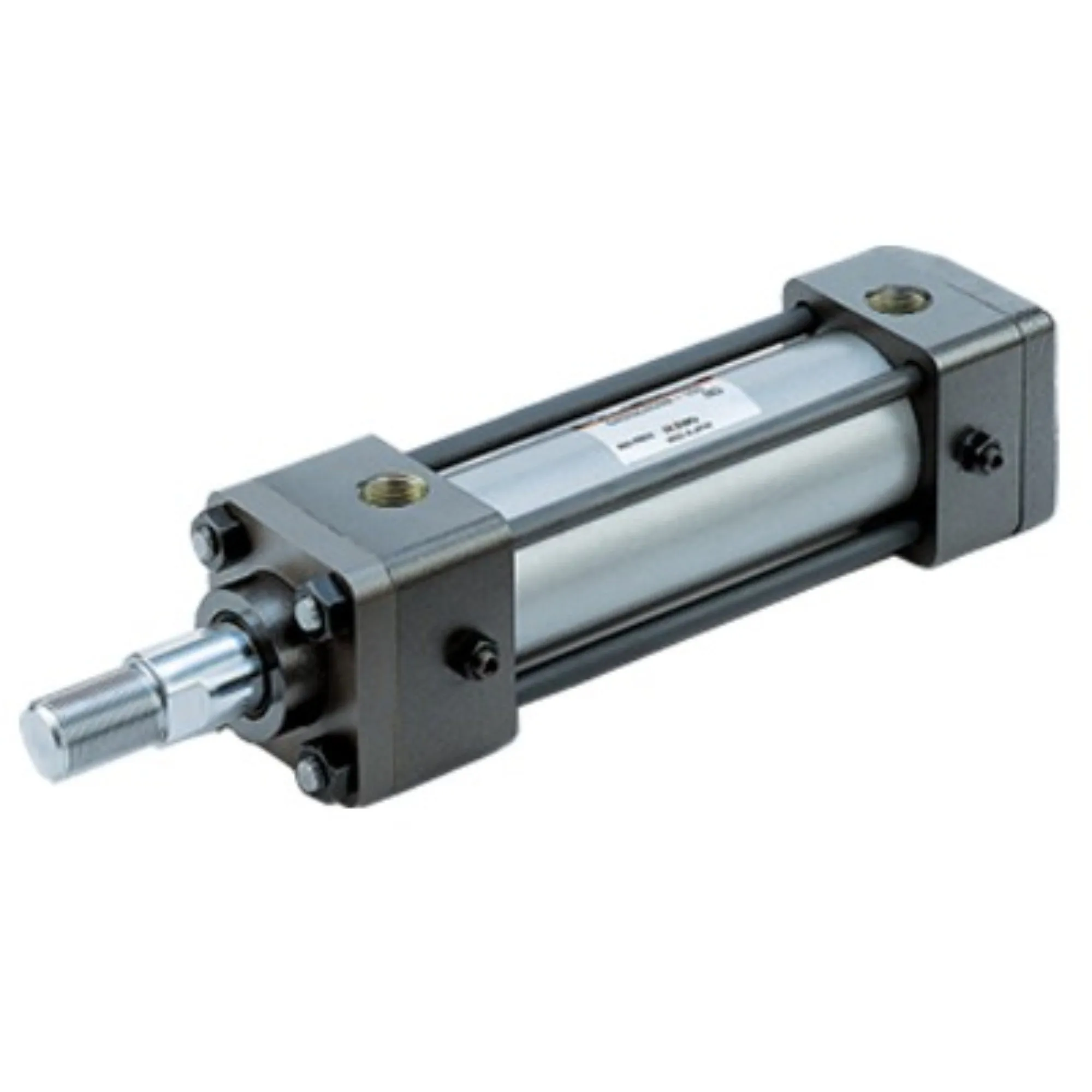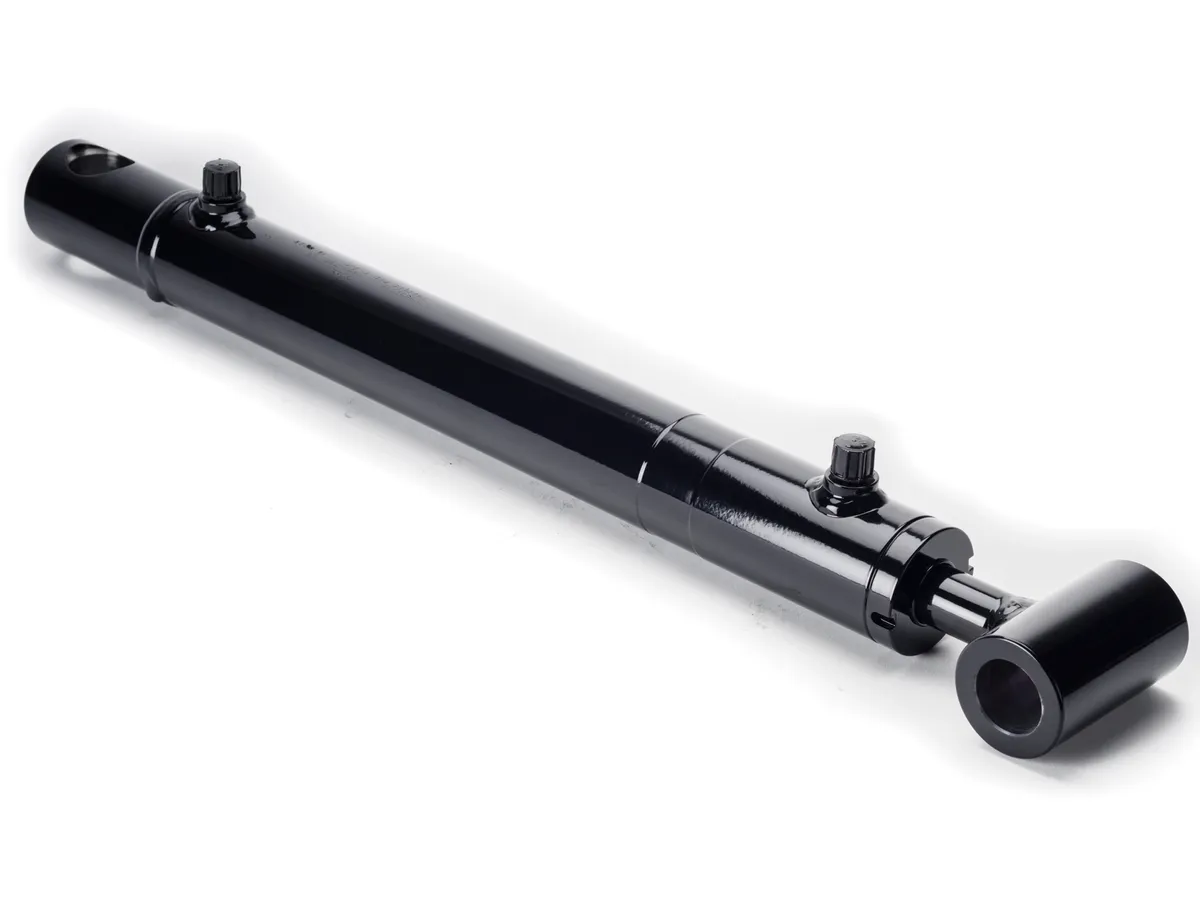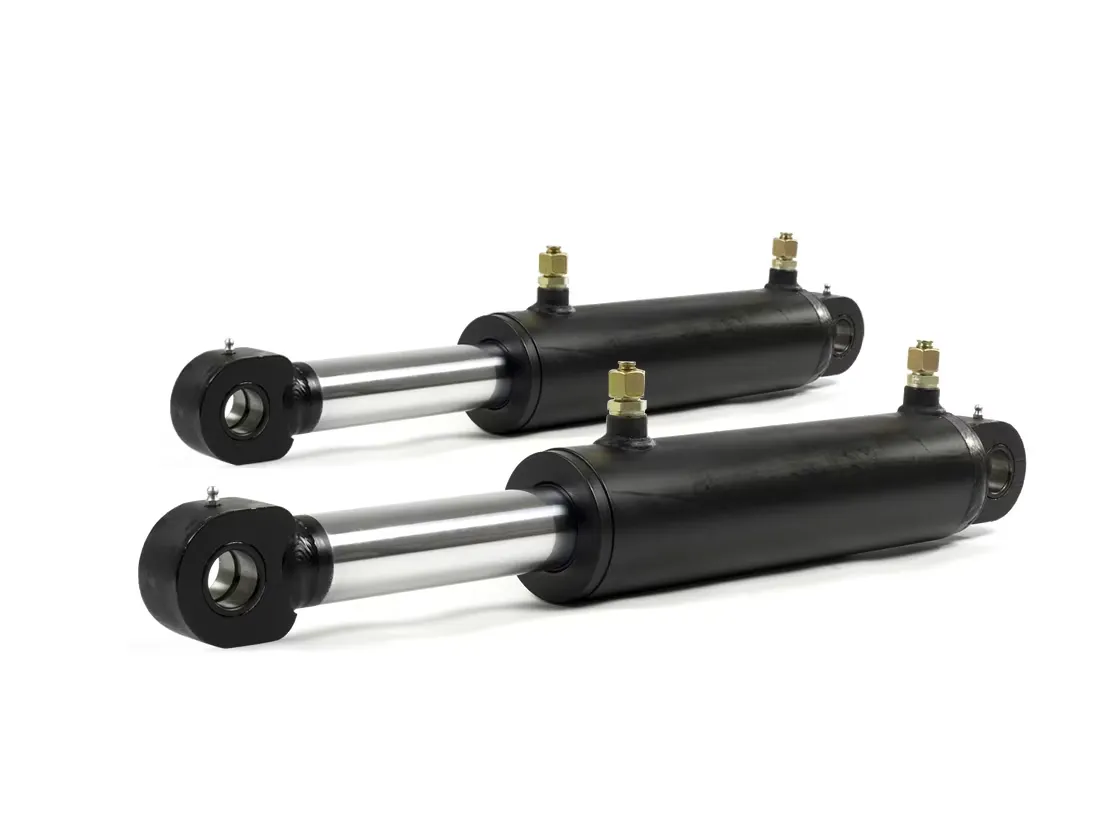
Unlocking the Secrets of Locking Single-Acting Hydraulic Cylinders for Automotive Assembly
Introduction to Locking Single-Acting Hydraulic Cylinders
Locking single-acting hydraulic cylinders are a crucial component in automotive assembly, providing a reliable locking mechanism that works under hydraulic pressure to prevent movement in the absence of pressure. Let’s delve into the design and construction characteristics of these innovative cylinders.
Locking Mechanism – Safety
The primary feature of locking single-acting hydraulic cylinders is their locking mechanism, which ensures the piston remains in a secure position even when hydraulic pressure is lost, preventing accidental retractions. This mechanism can be mechanical or hydraulic, offering flexibility based on specific application requirements.
Variety
The design of the locking mechanism can be customized to suit different applications, utilizing spring-loaded locking devices, pin locks, or other mechanical locking mechanisms. This versatility allows for tailored solutions to meet diverse needs.
Compact Structure – Space Optimization
Locking single-acting hydraulic cylinders are designed to be compact, making them ideal for use in environments with limited space. Their versatility enables seamless integration into various equipment and machinery, optimizing functionality.
Precision Manufacturing – High-Precision Machining

These cylinders require components with high processing accuracy to ensure proper fit and sealing performance, minimizing the risk of leakage. Stringent quality control measures are implemented during production to guarantee the reliability of each component.
Assembly Process
Specialized assembly by skilled technicians is essential to ensure correct installation and calibration of individual components. Pressure testing post-assembly confirms performance and tightness, ensuring operational effectiveness.
Working Principle of Locking Single-Acting Hydraulic Cylinders

Locking single-acting hydraulic cylinders operate through a unique single-acting mechanism where hydraulic oil pumps into the chamber, extending the cylinder and pushing the piston outward. The locking mechanism holds the piston in place, preventing retraction under load even in the absence of hydraulic pressure.
Types and Configurations
There are three main types of locking single-acting hydraulic cylinders available, each offering distinct configurations tailored to specific applications. These variations provide versatility and compatibility across different industrial needs.
Benefits of Locking Single-Acting Hydraulic Cylinders
Enhanced security, reliability, simplicity, and more make locking single-acting hydraulic cylinders a preferred choice for automotive assembly applications. Their unique features offer unparalleled advantages in ensuring operational efficiency and safety.
Application Scenarios
From construction equipment to manufacturing, transportation, and aviation, locking single-acting hydraulic cylinders find diverse applications in various industries. Their reliability and performance make them indispensable in critical operations.
Design Considerations and Selection Criteria
Exploring factors like bearing capacity, sealing, durability, safety, and maintainability is crucial in selecting the right locking single-acting hydraulic cylinder for automotive assembly. Each aspect plays a vital role in ensuring optimal performance and longevity.
Sealing and Lubrication

The proper use of seals and lubrication materials, along with regular maintenance practices, ensures the longevity and efficiency of locking single-acting hydraulic cylinders. Careful attention to these details minimizes wear and tear, enhancing overall performance.
Regular Inspection and Maintenance
Implementing routine inspection and preventive maintenance measures is essential for prolonging the lifespan of locking single-acting hydraulic cylinders. Timely interventions and adherence to maintenance protocols prevent potential issues and ensure continued functionality.
Installation Guide
Following a correct installation guide is crucial for optimizing the performance of locking single-acting hydraulic cylinders in automotive assembly applications. Proper alignment, mounting, and calibration are key factors in ensuring operational efficiency.
Maintenance Tasks
Regular inspection, lubrication, seal replacement, and calibration checks are fundamental maintenance tasks for locking single-acting hydraulic cylinders. Adhering to these practices enhances durability and performance, minimizing downtime and operational disruptions.
Safety Considerations and Environmental Factors
Emphasizing safety measures and environmental considerations when using locking single-acting hydraulic cylinders is imperative for ensuring workplace safety and compliance with industry standards. Mitigating risks and promoting sustainability are key priorities in operational settings.
Fault Diagnosis and Common Problems
Understanding common issues and troubleshooting methods for locking single-acting hydraulic cylinders is crucial for maintaining operational efficiency. Timely diagnosis and effective solutions prevent downtime and ensure smooth functionality.
Unit Power
The unit power of locking single-acting hydraulic cylinders is a critical parameter that influences their performance in automotive assembly. Factors like cylinder diameter, stroke, operating pressure, piston speed, and load condition play a significant role in determining power output and efficiency.
Optimizing Power Unit
Optimizing the power unit of locking single-acting hydraulic cylinders can lead to improved efficiency, energy savings, and enhanced reliability in automotive assembly applications. Strategic power management enhances operational capabilities and reduces maintenance costs.
Key Questions
1. How does the locking mechanism in a single-acting hydraulic cylinder work?
2. What are the main components of a locking single-acting hydraulic cylinder?
3. What advantages do locking single-acting hydraulic cylinders offer over standard single-acting cylinders?
4. In what applications are locking single-acting hydraulic cylinders commonly used?
5. How does the locking feature enhance safety during operation?
Long-Tail Keywords
1. Locking Single-Acting Hydraulic Cylinder Safety Features
2. Automotive Assembly Hydraulic Cylinder Applications
3. Benefits of Locking Mechanisms in Automotive Manufacturing
Focus on Our Company
As a leading hydraulic cylinder replacement manufacturer, our company offers a comprehensive product line catering to automotive assembly needs. With a focus on professionalism, international certifications, customized services, advanced production equipment, and dedicated after-sales support, we strive to deliver superior hydraulic solutions to our clients.
Author: lyl
